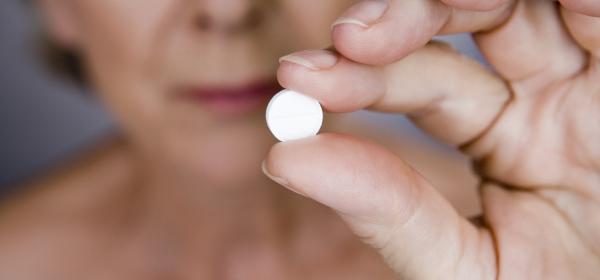Numerous studies agree: Generics provide savings on prescription drugs. And six years into a sustained period of price deflation, many generic prices are lower than ever. But inexplicably, patients are paying more for many generics. Although the Medicare program has rules to safeguard beneficiaries, it has allowed Medicare drug plans to make changes that require patients to pay more for many generic drugs even as the prices of those drugs have fallen. This practice occurs without warning and with no published clinical justification, and the result is higher spending by patients – more than $11.5 billion per year over the past ten years.
Recently, Avalere, an independent health consulting firm, examined changes in formulary placement for generic drugs from 2011 to 2019 along with the impact of these changes on patient spending. The study demonstrates how plans consistently moved generic drugs from lower tiers with lower copays to higher tiers with higher copays. As a result, the total aggregate dollar amount of patient spending per year on those generic drugs increased by 135% from 2011- 2019. Utilization during that same time period increased by 21%, making clear that the increase in spending is not explained on its own by a higher utilization of these medications.
And it also cannot be explained by the price of those generics.
Avalere reported the average negotiated prices for these drugs experienced a negligible (-0.01%) overall change from 2011 to 2019. But that measured what insurance companies pay the pharmacy for the drug. AAM took a deeper dive examining the prices for which manufacturers actually sell their product. For that same cohort of drugs, we calculated the total sales for each product and divided that by their total volume. This analysis found that the price of these generic drugs declined by an average of 38% from 2011-2019.
In sum, from 2011 to 2019, patient out of pocket spending on this group of key generic drugs in Medicare increased by 135% even though their prices fell by 38%. This doesn’t add up.
But it is consistent with other independent analyses showing that seniors are paying too much for generic drugs. A MedPAC study found that among the six largest Part D plan sponsors, the median copay for prescription drugs exceeded 50%, and in many cases, it reached 100% of a plan’s net costs. This means that the plan paid nothing or even profited from the prescription.1 And IQVIA reports generics comprise only 18% of total spending on prescription drugs, but 65% of patient out of pocket costs.2
All of this adds to growing evidence of profit-seeking middlemen forcing patients to pay more than necessary for low-cost generics.
At over 90% of the total prescriptions dispensed, generic drugs offer value to the healthcare system by offering patients safe and effective alternatives to high-cost brand drugs. But it is critical that policymakers address these abuses to ensure that patients have access to and realize the full value of lower cost generic medicines.
Share Your Voice
Tell Congress to protect access to your safe, affordable generic and biosimilar medicines.

By Monét Stanford, Director, Policy
Published on October 19, 2022
______________________________________________________________________________________________________________________________________
References
- Medicare Payment Advisory Commission. (September 2022) “Analysis of Part D data on drug rebates and discounts” (Link)
- IQVIA Institute for Human Data Science. (May 2021) “The Use of Medicines in the U.S. – Spending and Usage Trends and Outlook to 2025.”

